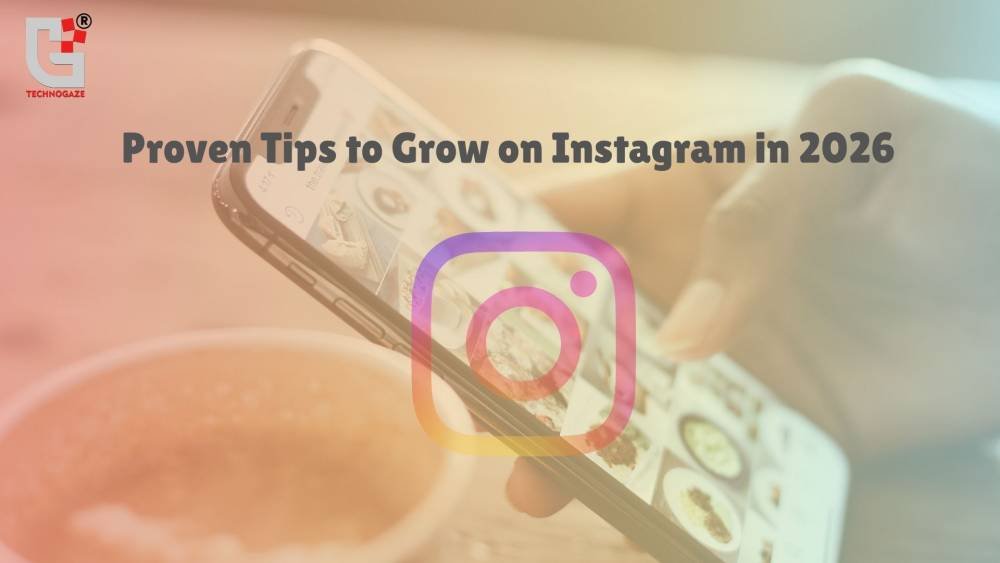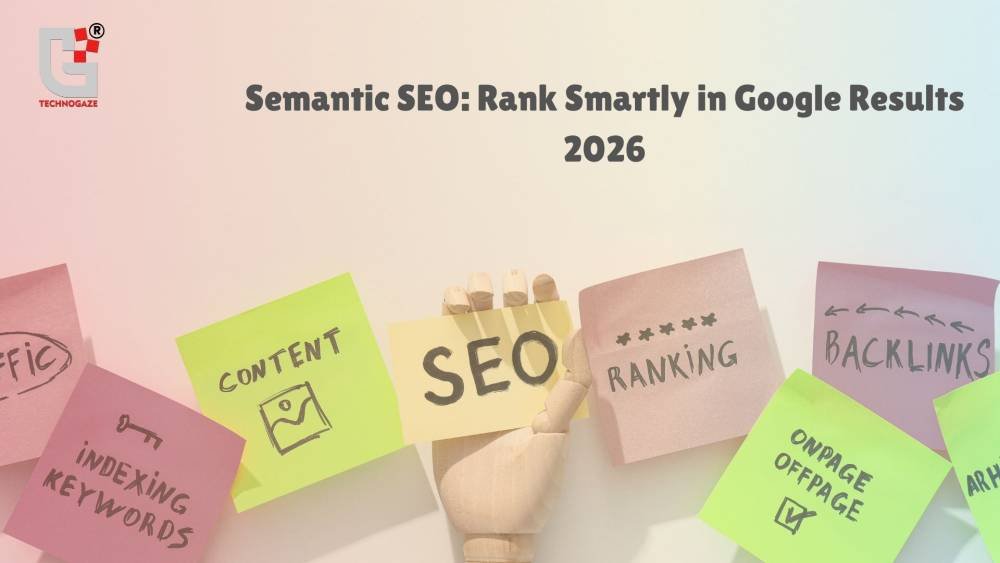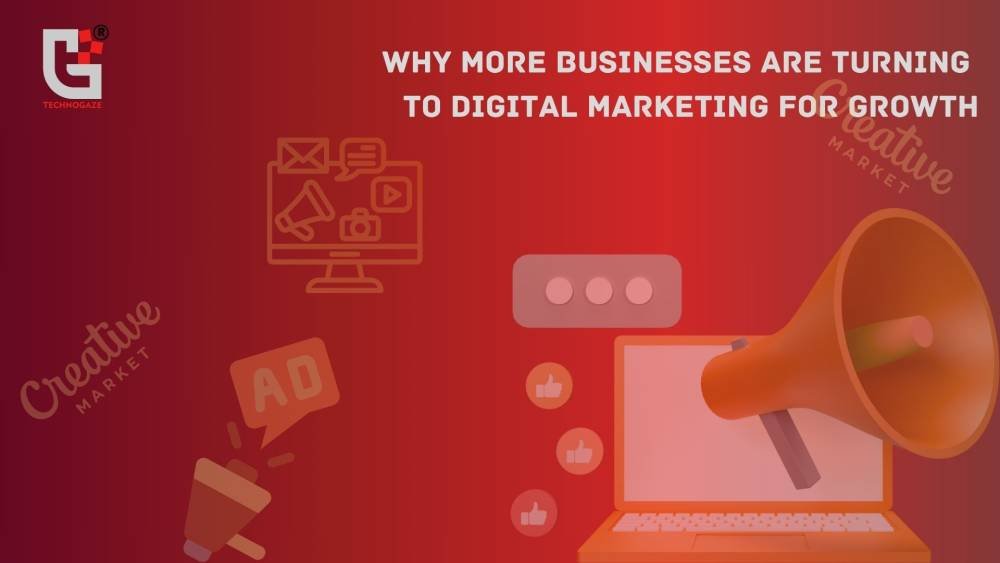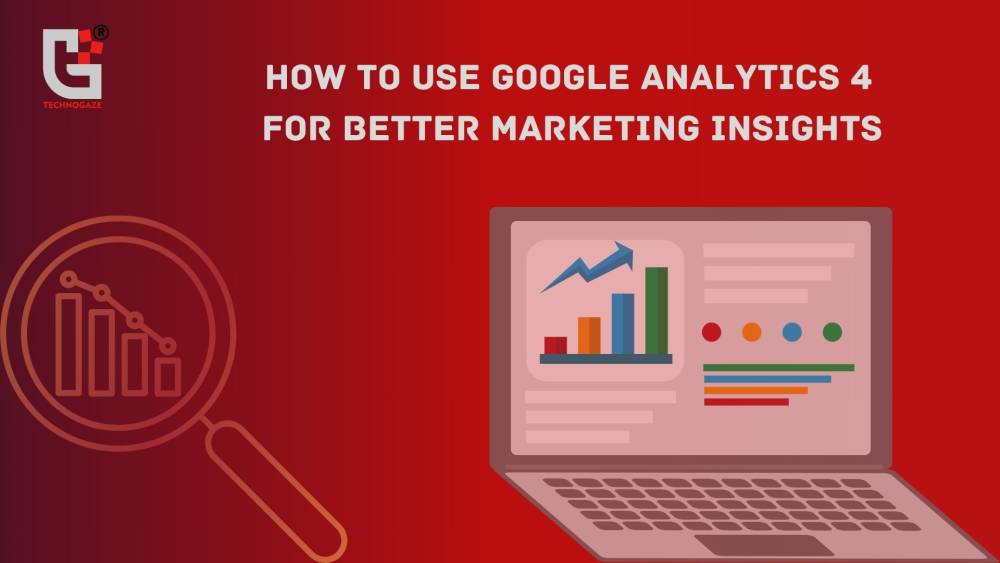Understand the basics of website creation and development with Wordpress
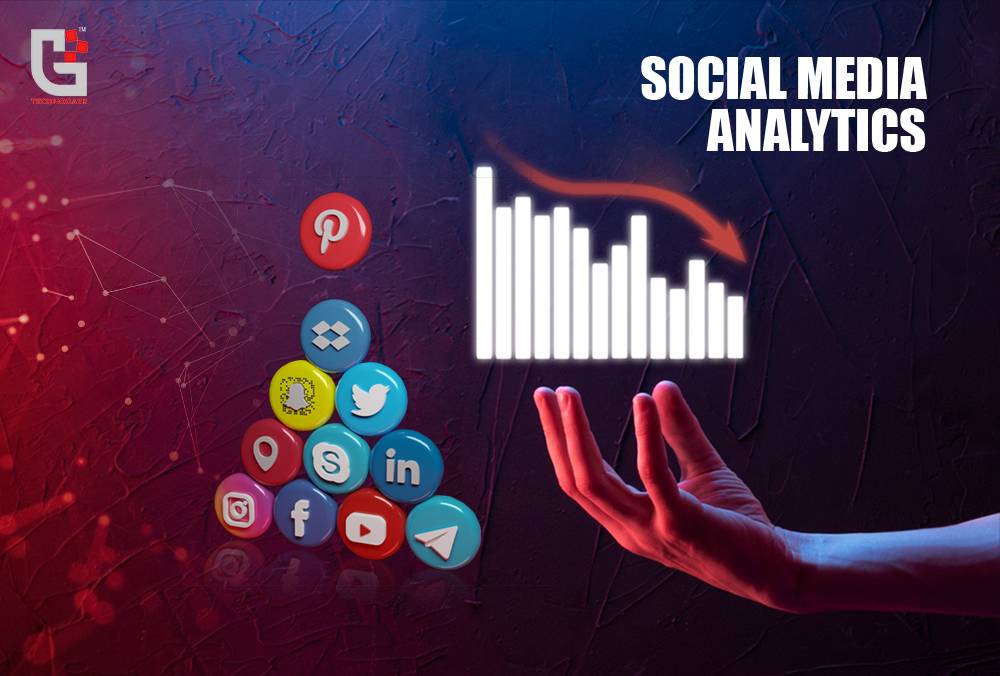
Learn how to track and measure the performance of your social media campaigns.
What is social media analytics?
Social media analytics is the activity of collecting and analyzing data from social media platforms to understand and optimize content performance and interaction. This entails analyzing a slew of data, including likes, shares, comments, and overall reach, to assess success and influence social media strategy, providing essential insights into audience behavior, preferences, and trends.
Who needs social media data analysis?
Marketing teams: To create content that resonates with their target audience, optimize campaign effectiveness, and track ROI.
Brand managers: For tracking brand reputation, determining market position, and identifying brand advocates and opponents.
Product developers: To collect feedback on current products and insights for future product development.
Customer Service Representatives: To improve social media customer assistance, monitor and respond to consumer questions and concerns on social media.
Sales professionals: To generate leads and understand customer needs through social listening.
Executives and business owners: Make strategic decisions based on market developments, competitive performance, and customer satisfaction.
Why do we need social media data analysis?
Beyond collecting likes and shares, social media analysis includes other factors. Even counting responses, comments, and link clicks is insufficient. Although these are significant KPIs, deep social media monitoring reveals why specific Facebook posts receive a lot of engagement or what people are constantly tweeting at you about. It reveals which goods are featured more frequently on Instagram than others.
The social media analysis also occurs when-
-
You want to uncover trends in client behaviors to adapt your content.
-
There is a necessity to monitor competition and stay ahead in the industry.
-
You want to calculate the ROI of your social media advertising.
-
Insights are necessary to optimize future campaigns and increase conversions.
How do social media analytics improve ROI?
Here are four ways social media analytics reports can help increase your return on investment (ROI):
1. Targeted content creation: By identifying which forms of social media material appeal to your audience, you may create more of what they want to see. This results in increased engagement rates, which increase the visibility of your content and the possibility of social media conversions.
2. Audience analysis: Social media analytics provide deep insights into your audience, including demographics, peak activity times, and preferences. These insights allow for more effective targeting in marketing campaigns, ensuring the right message reaches the right people at the right time.
3. Competitive analysis: Examining competitors' social media behavior can reveal weaknesses in their strategy that can be exploited. It also provides a performance baseline, instructing your brand on where to focus its improvement efforts for a higher ROI.
4. Campaign optimization: Using real-time data and input from social media, you can fine-tune your campaigns as you go. Adjusting plans in reaction to data can result in more efficient resource allocation and better outcomes, hence increasing overall social media ROI.
Workflow of social media analytics into four steps.
Step 1: Setting up social media analytics using a tool
1: Sign up
Find the option to start a free trial or sign up. Fill in the required details to create your account.
2: Connect your social media accounts
Once logged in, link your social media profiles. Add all the accounts you wish to monitor and analyze.
3: Set your goals
Determine what you want to accomplish with your analytics.
4: Customize the dashboard.
Modify the analytics dashboard to meet your requirements. For a more streamlined perspective of your social media success, focus on the most important indicators of your goals.
Step 2: Monitoring key metrics using a social analytics tool.
In terms of analytics, monitoring social media key performance indicators (KPIs) is critical for understanding how your content connects with your audience.
Here are some of the top social media metrics to monitor:
-
Likes
-
Comments
-
Shares
-
Impressions
-
Engagement rate
-
Follower increase.
-
Click-through rates (CTR)
-
Conversion Rate
These critical social media indicators can be tracked via native platform analytics, in which each platform offers its analytical tools. For example, Instagram Insights provides a detailed overview of individual post likes, comments, engagement rates, and overall account activity.
Step 3: Analyzing social media data for insights
Analyzing social media data is more than just crunching numbers; it entails looking deeply into the data to uncover actionable insights that can be used to make strategic decisions.
Here are some critical evaluations that you should consider:
Sentiment analysis
Social media sentiment analysis investigating the tone and emotions underlying social media mentions and discussions. This analysis will help you to understand how you like your brand, products, and services.
Post-engagement analysis
This analysis looks at how users connect with your content using data such as likes, comments, shares, and overall engagement rates.
Audience Analysis
Understanding your audience is critical. Analyzing audience demographics (such as age, gender, location, and hobbies) allows you to personalize your content and marketing to your target audience's preferences.
Competitor analysis
Keeping an eye on your competitors is key. Competitor analysis entails comparing competitors' social media performance to your own.
Step 4: Optimizing strategies for higher ROI
1. High-engagement content: Identify which type of data was liked by your audiences based on their history. By focusing on developing more content along these lines, you may expect to see continuous or even higher engagement, which will boost your ROI.
2. Optimize posting schedules: Analyze the most effective times to post your content on social media. Look for trends in engagement rates based on posting timings and days of the week.
3. Improve targeting based on audience analytics: Utilize social analytics data to understand the traits and preferences of your target audience.
4. Iterate and evaluate new techniques: Use A/B testing to test new ideas, content formats, and campaigns, continually comparing their performance to your established standards.
Tools for social media analytics
Google Analytics
It can help you determine how well your social media initiatives contribute to the general goals of your website, such as e-commerce conversions or lead generation. Setting goals and analyzing referrals from social platforms allows you to determine which networks are most important to your organization.
Facebook Insights
Facebook Insights gives you a complete picture of your page's performance, including extensive analytics on post interaction, likes, reach, and audience demographics. This tool is useful if you want to:
-
Know your Facebook audience.
-
Assess the impact of your material
-
Optimize your Facebook approach for greater engagement and reach.
Instagram Insights
Instagram Insights is available to Business and Creator accounts, and provides a variety of data on your followers and how they interact with your posts and stories.
The key metrics are as follows:
-
Engagement with the content
-
Growth and activity levels among followers
-
Demographics of your target audience
LinkedIn analytics
LinkedIn provides statistics for both personal profiles and company sites, providing information about the performance of postings, articles, and shared content.
For company pages, LinkedIn Analytics breaks down stats such as:
-
Page views
-
Follower demographics
-
Engagement rates
This tool is especially useful for B2B organizations seeking to develop thought leadership and engage professionals in their sector.
Conclusion
Social media analytics offers businesses with critical information on the effectiveness of their social media content. This data assists marketers in increasing their brand's social media presence and developing plans to increase total revenue. With each passing day, the landscape of social media analytics is continually evolving, driven by technological advancement and shifts in user behavior. By using good analytical tools, you can efficiently manage, analyze, and optimize your social media strategies for streamlined growth and long-term success.
Author Details
Latest Posts
-
1November 15, 2025
-
2
-
3October 11, 2025
-
4
-
5




